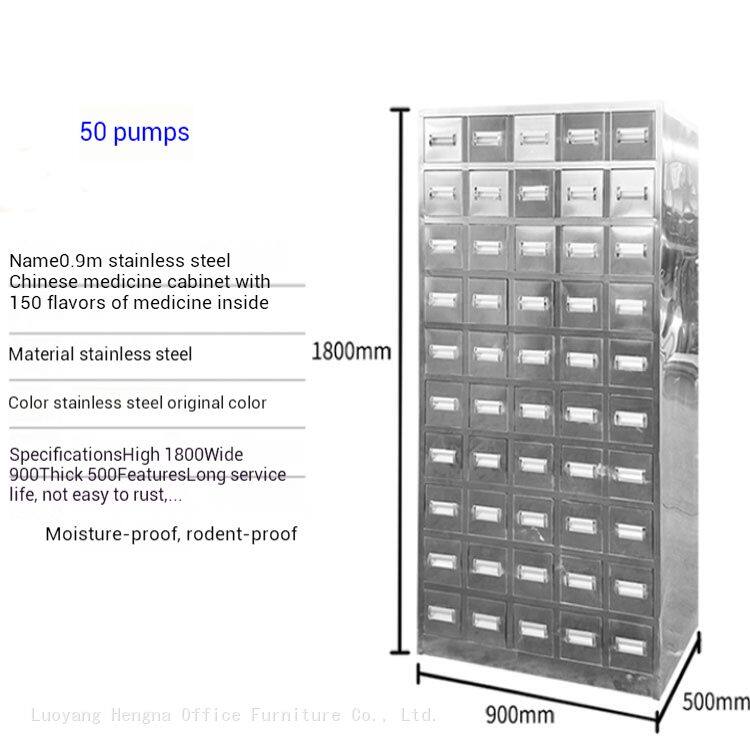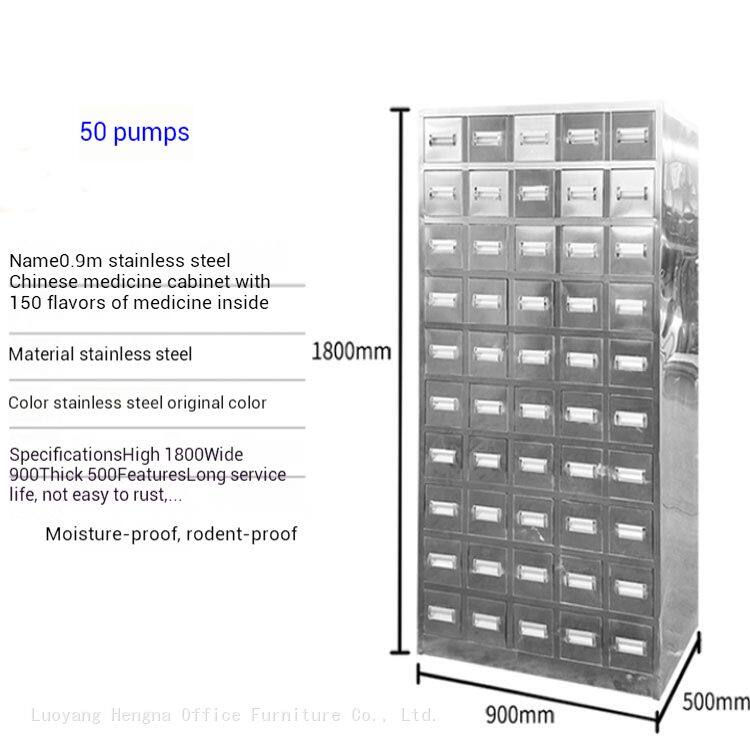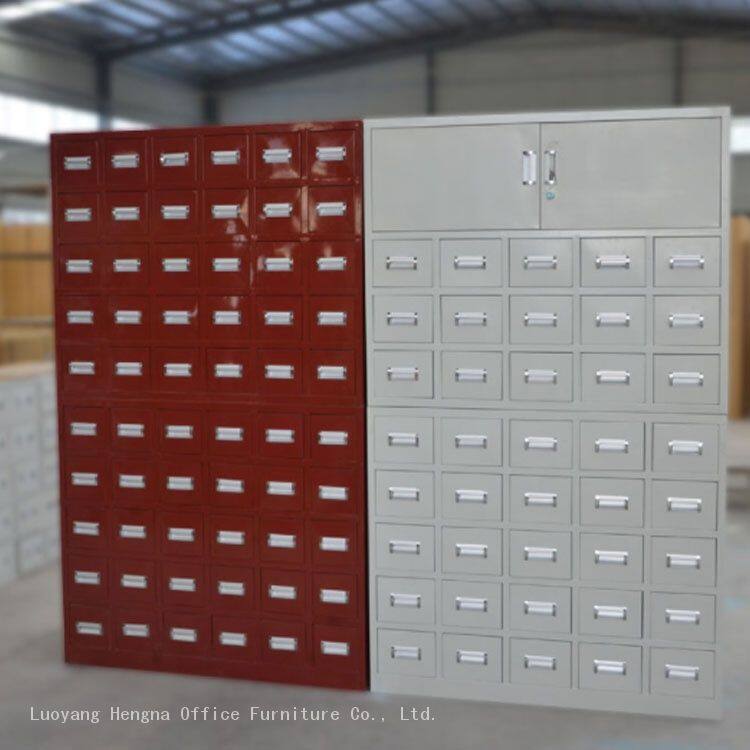Home > Blog > How Stainless Steel Cabinets Revolutionize Clinic Hygiene: Bacteria-Resistant Medical Storage Soluti
-
 Sarah
Hi there! Welcome to my shop. Let me know if you have any questions.
Sarah
Hi there! Welcome to my shop. Let me know if you have any questions.
Your message has exceeded the limit.

How Stainless Steel Cabinets Revolutionize Clinic Hygiene: Bacteria-Resistant Medical Storage Soluti
2025-10-23 17:09:19
In today’s healthcare landscape, infection control and hygiene have become paramount concerns for clinics and medical facilities worldwide. With healthcare-associated infections (HAIs) affecting millions of patients annually and costing billions in additional treatments, the choice of storage equipment has emerged as a critical factor in maintaining sterile environments. Stainless steel cabinets are revolutionizing clinic hygiene through their unique bacteria-resistant properties, offering medical facilities a powerful tool in their infection control arsenal. This comprehensive guide explores how these innovative storage solutions are transforming hygiene standards in healthcare settings.
The Science Behind Stainless Steel’s Bacteria-Resistant Properties
Stainless steel’s exceptional hygiene performance stems from its unique material composition and surface characteristics:
Non-Porous Surface: Unlike wood or laminate materials, stainless steel features a completely non-porous surface that prevents bacteria, viruses, and other pathogens from penetrating or colonizing the material. This smooth surface leaves nowhere for microorganisms to hide or multiply.
Oxide Layer Protection: The chromium content in stainless steel forms a passive oxide layer that naturally resists bacterial adhesion. This self-repairing layer continuously protects the surface even after cleaning or minor abrasions.
Chemical Resistance: Medical-grade stainless steel (304 or 316 grade) withstands harsh disinfectants and cleaning agents without degrading, allowing for thorough sanitization without material damage.
pH Neutral Surface: The material maintains a neutral pH that doesn’t react with cleaning chemicals or medical substances, preventing chemical reactions that could create breeding grounds for bacteria.
Research Evidence: A study published in the Journal of Hospital Infection found that stainless steel surfaces harbor 94% fewer bacteria than plastic surfaces and 87% fewer than wood surfaces after standard cleaning protocols.
How Stainless Steel Cabinets Address Critical Hygiene Challenges
Modern clinics face numerous hygiene challenges that stainless steel cabinets effectively solve:
1. Eliminating Hidden Bacterial Reservoirs
Traditional wooden cabinets develop microscopic cracks, crevices, and grain patterns where bacteria thrive and resist standard cleaning. Stainless steel’s seamless construction eliminates these hiding spots, creating a truly cleanable surface that leaves nowhere for pathogens to escape disinfection.
2. Preventing Cross-Contamination
The non-absorbent nature of stainless steel prevents liquids, medications, and biological materials from penetrating the surface. This feature is crucial in medical settings where cross-contamination between different substances or patients can have serious consequences.
3. Withstanding Aggressive Cleaning Protocols
Healthcare facilities require frequent, intensive cleaning with strong disinfectants. Stainless steel cabinets withstand daily exposure to bleach solutions, alcohol-based cleaners, and other hospital-grade disinfectants without deteriorating, warping, or losing their protective properties.
“After replacing our wooden medication cabinets with stainless steel, our quarterly infection control audits improved by 40%. The inspectors specifically noted the absence of bacterial reservoirs in our storage areas.” — Infection Control Coordinator, Regional Medical Center
Comparative Hygiene Performance: Stainless Steel vs. Traditional Materials
The difference in hygiene performance between stainless steel and traditional cabinet materials is substantial:
| Hygiene Factor | Stainless Steel | Wood | Plastic/Laminate |
|---|---|---|---|
| Bacterial Adhesion | Very Low | High | Moderate |
| Cleanability | Excellent (100% surface access) | Poor (grain traps bacteria) | Good (but seams collect dirt) |
| Disinfectant Resistance | Excellent | Poor (warps, cracks) | Fair (may degrade over time) |
| Long-Term Hygiene | Maintains properties indefinitely | Degrades over time | Degrades with UV exposure |
| Infection Risk | Minimal | Significant | Moderate |
Additional Hygiene Benefits Beyond Bacteria Resistance

Stainless steel cabinets offer comprehensive hygiene advantages that extend beyond their bacteria-resistant properties:
Moisture and Pest Resistance
Waterproof Construction: Unlike wood that absorbs moisture and creates ideal conditions for mold and bacterial growth, stainless steel is completely waterproof, preventing moisture-related contamination.
Pest Deterrent: The solid steel construction provides no food source or nesting material for pests like rodents and insects, which are known vectors for disease transmission in healthcare settings.
Odor and Chemical Safety
Odor-Free Operation: High-quality stainless steel cabinets emit no volatile organic compounds (VOCs) or other harmful substances, maintaining air quality in sensitive medical environments.
Chemical Inertness: The material doesn’t react with stored medications or cleaning agents, preventing chemical reactions that could create hazardous compounds or compromise medication integrity.
Space-Efficient Hygiene
Thin-Edge Design: Advanced manufacturing techniques allow for thinner edges while maintaining strength, increasing internal storage capacity by up to 20% compared to traditional wooden cabinets. This space efficiency reduces clutter and improves air circulation around stored items.
Seamless Integration: The ability to create custom configurations eliminates gaps and joints where dust and contaminants can accumulate, creating a more hygienic overall storage environment.
Implementation Strategies for Maximum Hygiene Impact
To maximize the hygiene benefits of stainless steel cabinets in clinical settings:
Strategic Placement: Install stainless steel cabinets in high-risk areas including medication rooms, procedure preparation areas, and patient care zones.
Staff Training: Educate healthcare workers on proper cleaning techniques for stainless steel surfaces to maintain optimal hygiene.
Regular Maintenance: Implement a maintenance schedule to inspect cabinet integrity and address any surface damage that could compromise hygiene performance.
Integration with Other Systems: Combine stainless steel cabinets with other infection control measures for a comprehensive hygiene strategy.

The Future of Clinic Hygiene: Stainless Steel Leading the Way
As healthcare facilities face increasing pressure to improve infection control and patient safety, stainless steel cabinets represent a forward-thinking solution that addresses current challenges while preparing for future hygiene standards. The material’s proven performance, durability, and adaptability make it an essential component of modern clinic design.
For healthcare administrators and infection control specialists, investing in stainless steel cabinetry isn’t just about storage—it’s about creating a fundamentally safer environment for patients and staff alike. The revolution in clinic hygiene is being led by facilities that recognize the critical role that every surface, including storage cabinets, plays in preventing infections and maintaining sterile conditions.
Ready to revolutionize your clinic’s hygiene standards? Contact our medical storage specialists for a free hygiene assessment and customized stainless steel cabinet solution.
Tags: Stainless Steel Cabinets, Stainless Steel Cabinets Revolutionize Clinic Hygiene

